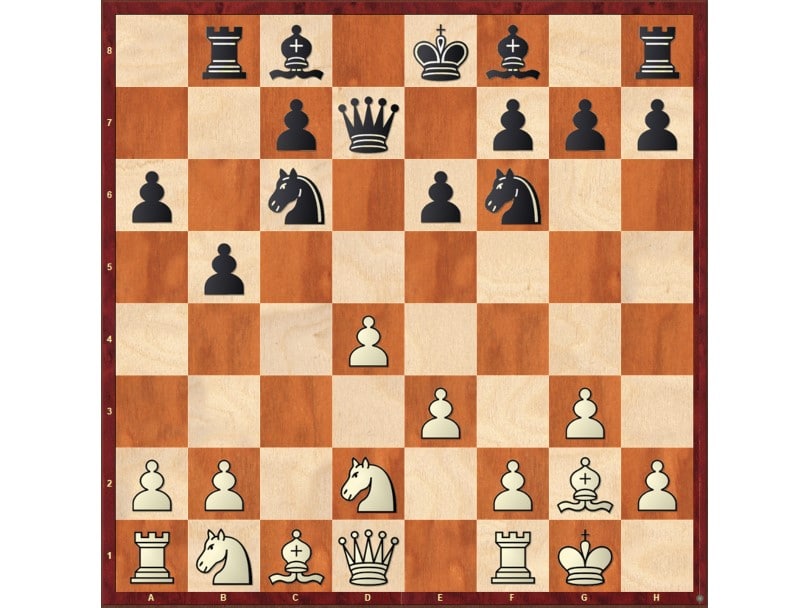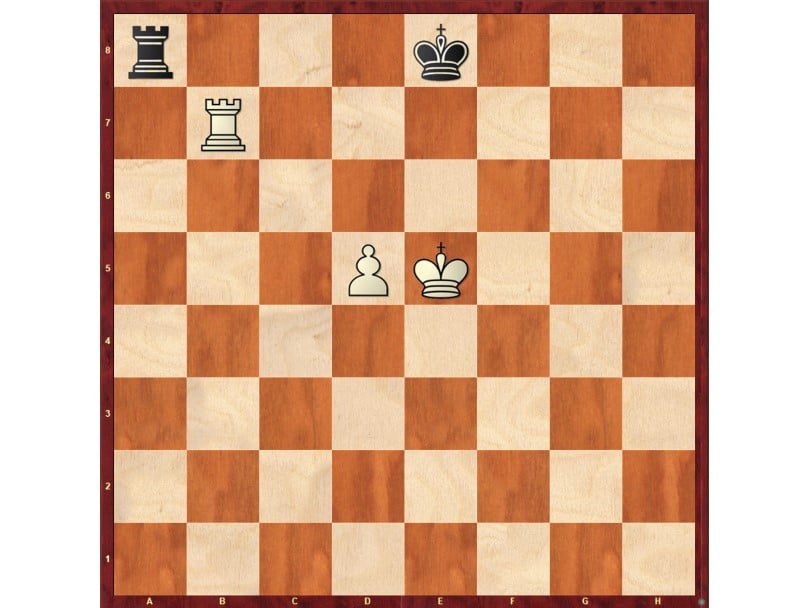In chess, a lot is about proper memorization. Not only opening lines but important endgames and patterns should be stored in our brains. On day X you then need to retrieve a line, a pattern, or how to mate with Bishop and Knight. But how can you properly memorize this overload of information? The answer is invariable: ask yourself WHY!
“The quality of your life is a direct reflection of the quality of the questions you are asking yourself”
Tony Robbins
The most basic and frequent question one can ask is: What is the right move here? This question nowadays is very easy to answer. Just put any Engine and in less than a second you have your answer. But as there is no logic behind it, remembering it will be extremely tough.
Instead of What, you should always ask WHY:
- What is the best move? Turns into: Why is this the best move?
- What did I do wrong here? Turns into: Why did I make this mistake?
- What is my plan? Turns into: Why is this the best plan?
Now, instead of trying to remember some move-by-move opening lines over and over again, these lines make sense to me. Even if I forget a detail it will be possible to find it on the board. Additionally, instead of only knowing what I do wrong, I start to understand the reasons behind my mistake. This is crucial in order to cure it!
Finding The Answer To Why
All great things are not easy. Finding the answer to why is much harder than finding the answer to what. But once found, you will enjoy the benefit for much longer. Let’s take the following position from the Catalan opening as an example. It arises through the following moves: 1.d4 Nf6 2.c4 e6 3.Nf3 d5 4.g3 dxc4 5.Bg2 a6 6.0-0 Nc6 7.e3 Rb8 8.Nfd2 Qd7 9.Nxc4 b5 10.Ncd2

While studying, I was confused for a moment. After both 10…Bb7 and 10…e5 the best move was 11.Nb3. But after Be7 I am supposed to play Nf3. Now instead of just trying to remember brute force “after Be7 I’ll go Nf3, after Bb7 or e5 Nb3” I tried to understand why I am supposed to do so.
Here is my explanation of why:
Black either wants to play e6-e5 or Nc6-a5/d8 + c7-c5 to attack white’s center. White would love to have Knights on f3 and b3 to basically stop those plans. So after 10…e5 there is no sense in trying to stop e5 anymore, so the knight belongs to b3. The b1 Knight can then choose another square, most likely c3.
10…Bb7 leaves both ideas open. As after 11.Nf3 Bd6! there is anyway no stopping e5, 11.Nb3 is again the move. A very nice point is that after Nd8 12.f3 is super strong, keeping pieces on the board and pushing e3-e4 next move. 10…Be7 is slower and now White has time to arrange for Nf3 + Nb3. If we go 11.Nb3 first, then black goes 0-0 12.Nbd2 e5! in a favorable moment for black. That is why after 10…Be7 11.Nf3! is the move now, to stop e5.
There is no way black gets in c5 fast enough, as after a knight move from c6 Ne5! will be strong. So, in the future black must lose a Tempo to play Be7-d6 and then e6-e5. Now, remembering this line is not a problem anymore. I will also find the right way in a Bullet or Blitz game because it makes perfect sense to me.
Start Asking Why Now
It takes some practice, but over time it can get automatic. Every time you see something that you don’t understand 100%, don’t only ask What, but Why. Understanding the reason will help you remember it forever. I’ll leave you with a very easy example this time. If you fancy a harder one, then read the article on my favorite chess advice.

I hope most of you know how to draw the well-known Philidor Position. Let’s say you want to explain it to a 5-year old and he should never forget it. What would you tell him?
What is the right way to defend and why? Let me know in the comments! As always, I hope you’ve enjoyed the blog post. If you did, then please spread the word so we can reach more people together. Thank you so much!